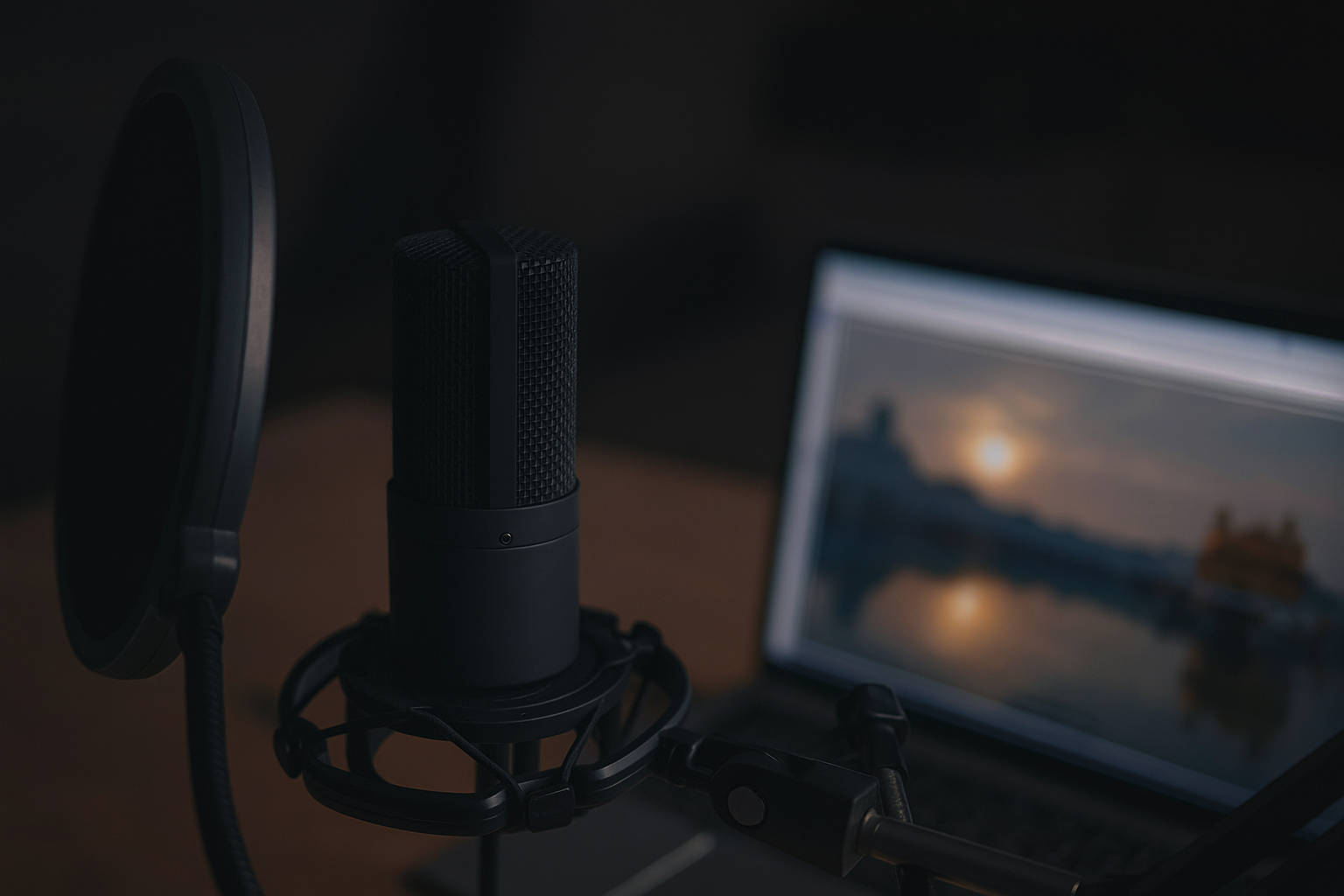
A practical look at what watermarks actually do and what they don’t.
It’s one of the first things creators hear when they start sharing their work online: “Just add a watermark,” a piece of advice that sounds simple, mark your image, claim your authorship, stay protected, and sometimes it works, but not always, and rarely in the ways people expect.
So here’s what watermarks can help with, what they can’t, and how to use them without getting a false sense of protection.
Watermarks can discourage casual copying. If someone sees your name or logo across the image, they’re less likely to grab it for a blog post, a social media page, or a quick mockup. Watermarks also send a clear message: this work has an author, and it isn’t free to take.
They’re especially useful when you’re posting work that isn’t finished or not meant to be reused, for example, sketches, client proofs, rough concepts, or drafts. In such cases, a watermark acts as a visual warning not to use the image without permission.
A watermark might feel like protection, but most of the time it isn’t. People who reuse images, especially for commercial purposes, often know exactly how to crop it out, blur it, or edit it away. Some don’t even bother. They’ll repost the image as is, watermark and all, assuming you won’t see it or won’t have the time or tools to respond.
It’s also easy to assume that adding your name proves you’re the author, but that’s not how it works. Anyone can add a watermark to any image. What actually counts is the original file, the metadata, the timestamp, and where the image was first published.
Images with visible watermarks still often show up on merchandise, in ads, or across social media. Even when the mark stays on the image, it doesn’t stop people from using it, and it doesn’t mean you’ll be credited or paid. At best, it might help show where the image came from, but that’s about it.
You can use one, just don’t expect it to protect your work on its own. It might stop casual reuse or show that the image isn’t free, but it won’t prevent someone from copying, editing, or reposting it.
If you add a watermark, think about where to place it and how visible it should be. And if your image gets taken anyway, with or without a mark, you still have options. What matters is that the work is yours and that can be proven.
Whether your image was marked or not, if it was used without permission, we can help.

A step-by-step guide — from the first shock to full compensation.
Read More
And why it’s not as scary as it sounds — even if you're not a lawyer.
Read More
Even if you haven’t formally registered your copyright.
Read More